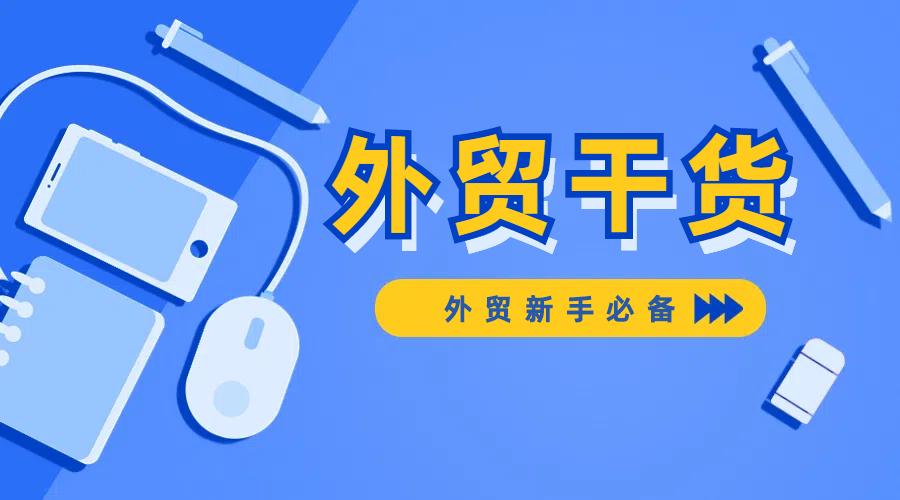 400-076-6558智领未来,外贸超级营销员
400-076-6558智领未来,外贸超级营销员
 400-076-6558智领未来,外贸超级营销员
400-076-6558智领未来,外贸超级营销员

In today’s fiercely competitive global marketplace, small businesses face unique challenges when entering cross-border e-commerce. Limited capital, unfamiliar platform dynamics, and intense competition often stand as barriers to growth. However, real-world success stories from platforms such as Amazon, Shopee, and independent DTC websites illuminate pathways to overcome these hurdles. This article delves deep into these practical case studies, highlighting key strategies in product selection, traffic acquisition, supply chain management, and localization—arming procurement decision-makers with trusted insights to confidently source from thriving small-scale exporters.
From the perspective of emerging exporters, three critical pain points dominate: constrained funding limiting marketing budgets, unfamiliarity with platform rules, and fierce competitive pressure. For instance, a niche apparel retailer mimicked a proven Amazon strategy to achieve profitability within just three months, underscoring the instructive power of case-based learning for new entrants.
A small 3C accessories manufacturer initially struggled with underwhelming sales on Amazon. By leveraging data tools like Jungle Scout, they identified a market gap within the “car phone holder” category — primarily issues with mount compatibility. Innovating a patented design tailored to these needs, they launched a unique product line.
Deploying targeted advertising focusing on long-tail keywords responsible for 70% of traffic, alongside the Vine voice-of-customer program for initial reviews, optimized marketplace visibility. Coupled with small-batch production and FBA warehousing, inventory risks were minimized. Weekly tracking of Amazon Best Seller Rank data ensured agile iteration. The brand’s compliance with intellectual property standards avoided costly disputes, solidifying trust in international procurement channels.

A home products retailer entering Shopee Malaysia faced a slow start with fewer than 50 orders in the first month. Through careful market research using Shopee’s weekly reports, they identified high demand for energy-efficient small appliances, spotlighting mini rice cookers.
True to the local culture, the seller engaged native Malay influencers to produce short videos and crafted Ramadan-specific promotions like “Buy a rice cooker, get a complimentary headscarf.” Logistics was optimized by integrating Shopee’s SLS delivery system, reducing shipping times from 15 to 3 days. This localization of product offering, marketing tone, and packaging (including Malay blessings on packs) maximized acceptance and platform-derived traffic.
.jpg)
An independent pet supplies seller transitioned away from marketplaces to a self-built website, witnessing a 40% increase in repurchase rates. Precision targeting via Facebook ads appealed to “new pet owners,” while TikTok challenges with hashtags like #SmartPetFeeder expanded brand exposure.
Email campaigns providing “Pet Health Guides” fostered user engagement, supplemented by a membership system with exclusive discounts that nurtured loyalty. Partnering with their factory under a Customer-to-Manufacturer (C2M) model enabled agile production aligned with real demand. This direct-to-consumer approach deepened brand storytelling focused on “scientific pet care,” forming a trustworthy and data-informed relationship with customers.
| Aspect | Best Practices | Pitfalls to Avoid |
|---|---|---|
| Tools | Utilize Jungle Scout and Google Trends to identify products with annual search growth over 20% and competition below 40%. | Avoid products infringing intellectual property such as Disney merchandise; prioritize lightweight, small volume items to control logistics costs. |
On Amazon, leveraging early reviewer incentive programs can jumpstart credibility, while Shopee’s “Fan Exclusive Prices” foster loyal repeat buyers. For independent sites, integrating Shopify plugins enabling “cart abandonment recovery emails” often achieves open rates exceeding 30%, substantially increasing conversion with minimal spend.
Early-stage sellers benefit from small-volume sourcing via platforms like 1688 combined with self-fulfilled shipping to test market demand. Upon scaling, transition to overseas warehousing to achieve faster delivery. Assess cost-effectiveness by comparing postal small parcels against dedicated freight lines, with postal options favoring under 1kg shipments and dedicated logistics supporting bulkier orders.
Registering for VAT in major markets such as Europe prevents account suspensions due to tax non-compliance. Proactively search trademarks in TESS coupled with embedding patent numbers on packaging mitigates infringement disputes—a critical factor for building trust with global buyers.
A common pitfall is blind replication of trending products, as exemplified by sellers facing account bans due to infringement. Ignoring localization—especially failing to provide native language customer support—can trigger negative reviews and hamper market penetration.
Recommended mitigations include instituting product compliance checklists and employing part-time local operators to navigate cultural nuances and platform policies effectively.
Exemplary success stories should serve not as rigid templates but as adaptive thinking triggers. For example, a jewelry vendor that adopted the DTC brand-building approach innovatively integrated “small batch customization” aligned with their supply chain realities.
For procurement professionals scouting global suppliers, we recommend focusing on one platform and a targeted niche initially, validating the approach within three months before broadening scope, to ensure sustainable partnership growth.
Ready to discover small exporters who apply these proven strategies? Explore our curated supplier directory now and unlock reliable sourcing opportunities with trusted partners worldwide.
.png?x-oss-process=image/resize,h_100,m_lfit/format,webp)
.png?x-oss-process=image/resize,h_100,m_lfit/format,webp)

.png?x-oss-process=image/resize,h_100,m_lfit/format,webp)
.png?x-oss-process=image/resize,h_100,m_lfit/format,webp)
.png?x-oss-process=image/resize,h_100,m_lfit/format,webp)
.png?x-oss-process=image/resize,h_100,m_lfit/format,webp)
